Code Coverage Analysis
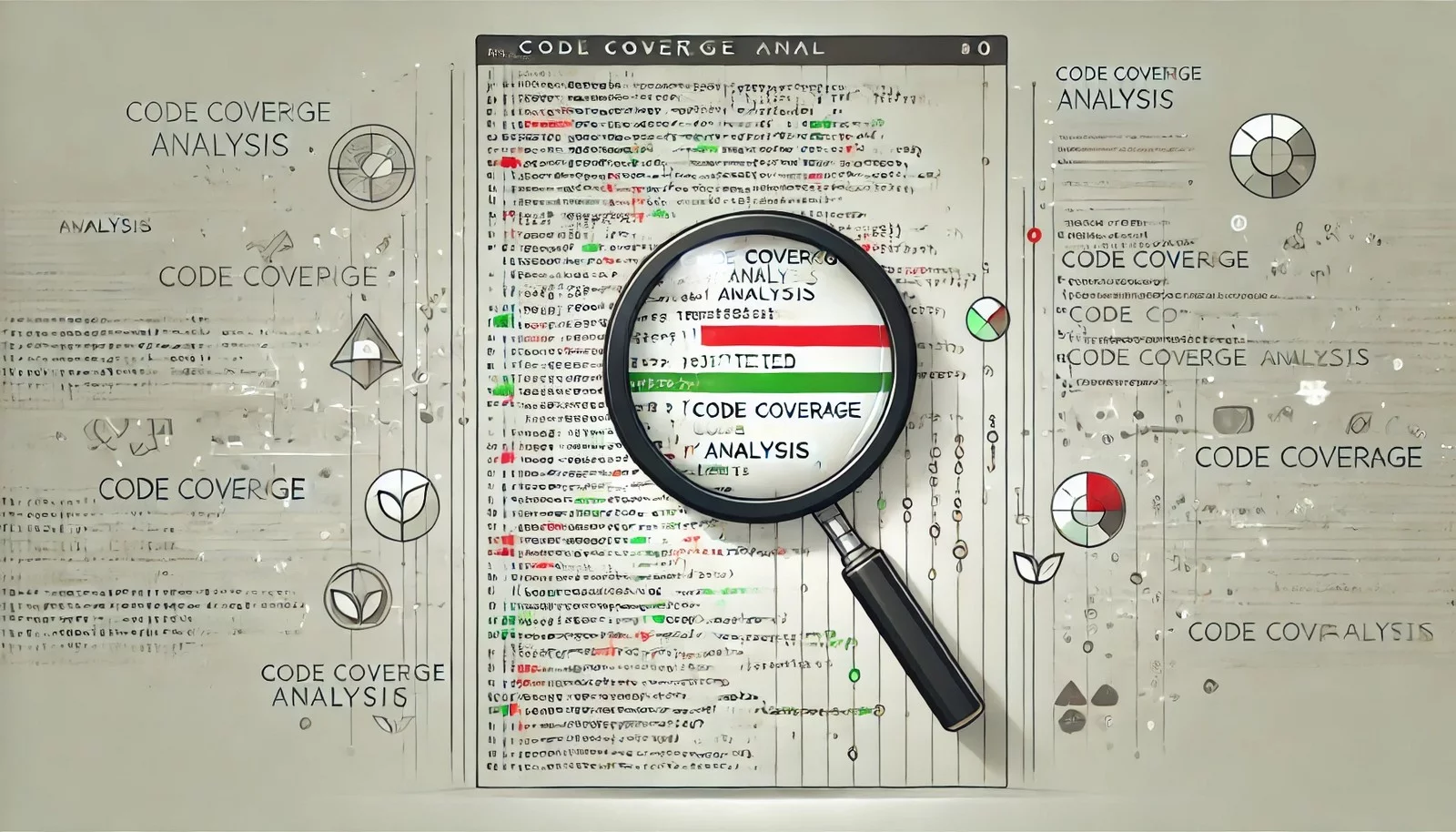 (Representational Image | Source: Dall-E)
(Representational Image | Source: Dall-E)
Quick Navigation:
- Code Coverage Analysis Definition
- Code Coverage Analysis Explained Easy
- Code Coverage Analysis Origin
- Code Coverage Analysis Etymology
- Code Coverage Analysis Usage Trends
- Code Coverage Analysis Usage
- Code Coverage Analysis Examples in Context
- Code Coverage Analysis FAQ
- Code Coverage Analysis Related Words
Code Coverage Analysis Definition
Code coverage analysis is a software testing metric that determines the degree to which the source code of a program is executed when a particular test suite runs. It helps developers identify untested parts of an application and improve overall code quality by ensuring better test case effectiveness. Coverage metrics include function coverage, statement coverage, branch coverage, and path coverage. Higher coverage percentages generally indicate more thoroughly tested software but do not guarantee the absence of bugs.
Code Coverage Analysis Explained Easy
Imagine you’re baking a cake and want to check if you've added all the ingredients. You go through your checklist and see which ones you used. If you missed something, you add it in. Code coverage analysis is similar—it's like a checklist for testing software to see which parts have been checked and which haven't. If some parts aren’t tested, developers know they need to add more tests.
Code Coverage Analysis Origin
Code coverage analysis originated in the 1960s when software engineers sought ways to improve testing methodologies. Early computer scientists recognized the importance of measuring test effectiveness, leading to the development of coverage-based testing techniques. Over time, as software systems grew more complex, coverage analysis evolved with advanced tools and automation.
Code Coverage Analysis Etymology
The term "code coverage" combines "code," referring to programming instructions, and "coverage," meaning the extent to which something is included or addressed. "Analysis" is added to highlight the systematic assessment of software testing.
Code Coverage Analysis Usage Trends
With the rise of continuous integration and DevOps practices, code coverage analysis has become a crucial part of modern software development. Organizations strive for high code coverage to enhance software reliability, though industry experts caution against focusing solely on percentage metrics without considering test quality. The growing adoption of automated testing frameworks has further popularized coverage analysis across software engineering teams.
Code Coverage Analysis Usage
- Formal/Technical Tagging:
- Software Testing
- Quality Assurance
- Automated Testing
- Static Analysis - Typical Collocations:
- "high code coverage"
- "code coverage report"
- "branch coverage analysis"
- "test case effectiveness"
Code Coverage Analysis Examples in Context
- A development team runs code coverage analysis to ensure all critical functions in a banking application are tested.
- A software tester identifies missing test cases after reviewing a code coverage report.
- Code coverage analysis tools like JaCoCo and Istanbul help developers track untested code.
Code Coverage Analysis FAQ
- What is code coverage analysis?
Code coverage analysis is a testing technique used to measure how much of a software’s code is executed by test cases. - Why is code coverage important?
It helps identify untested code, improving software reliability and reducing potential defects. - What are the types of code coverage?
Common types include statement coverage, branch coverage, function coverage, and path coverage. - Does 100% code coverage mean bug-free software?
No, it only ensures all code has been executed during testing, but it does not guarantee the absence of logical errors. - Which tools are used for code coverage analysis?
Popular tools include JaCoCo (Java), Istanbul (JavaScript), and Cobertura (multiple languages). - How does code coverage fit into continuous integration (CI)?
CI pipelines often integrate code coverage checks to ensure consistent software quality across updates. - Can code coverage be used for security testing?
While primarily for functional testing, it can highlight untested code areas that may pose security risks. - What is an ideal code coverage percentage?
There is no universal target, but 80% or higher is generally recommended while balancing test quality. - How does code coverage analysis differ from test coverage?
Code coverage measures executed lines of code, while test coverage evaluates the completeness of test scenarios. - Should teams aim for 100% coverage?
Not always; beyond a certain point, increasing coverage may yield diminishing returns without meaningful benefits.
Code Coverage Analysis Related Words
- Categories/Topics:
- Software Engineering
- Testing and Debugging
- Software Quality Assurance
- DevOps Practices
Did you know?
In 2008, NASA’s software engineers relied on extensive code coverage analysis to ensure the Mars rover mission software was tested thoroughly. Despite achieving high coverage, they still accounted for unexpected failures, highlighting that even with extensive testing, real-world conditions can introduce unpredictable challenges.
Authors | Arjun Vishnu | @ArjunAndVishnu

PicDictionary.com is an online dictionary in pictures. If you have questions or suggestions, please reach out to us on WhatsApp or Twitter.
I am Vishnu. I like AI, Linux, Single Board Computers, and Cloud Computing. I create the web & video content, and I also write for popular websites.
My younger brother, Arjun handles image & video editing. Together, we run a YouTube Channel that's focused on reviewing gadgets and explaining technology.

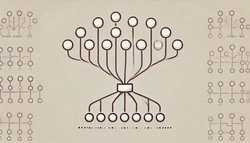
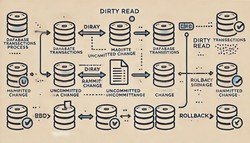







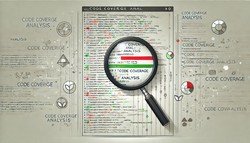


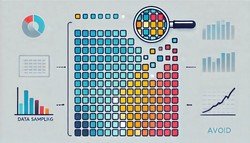


Comments (0)
Comments powered by CComment